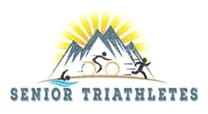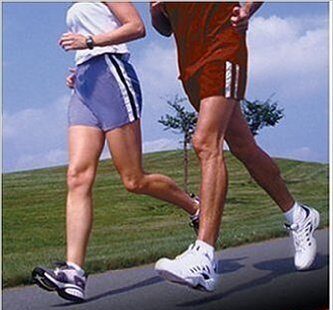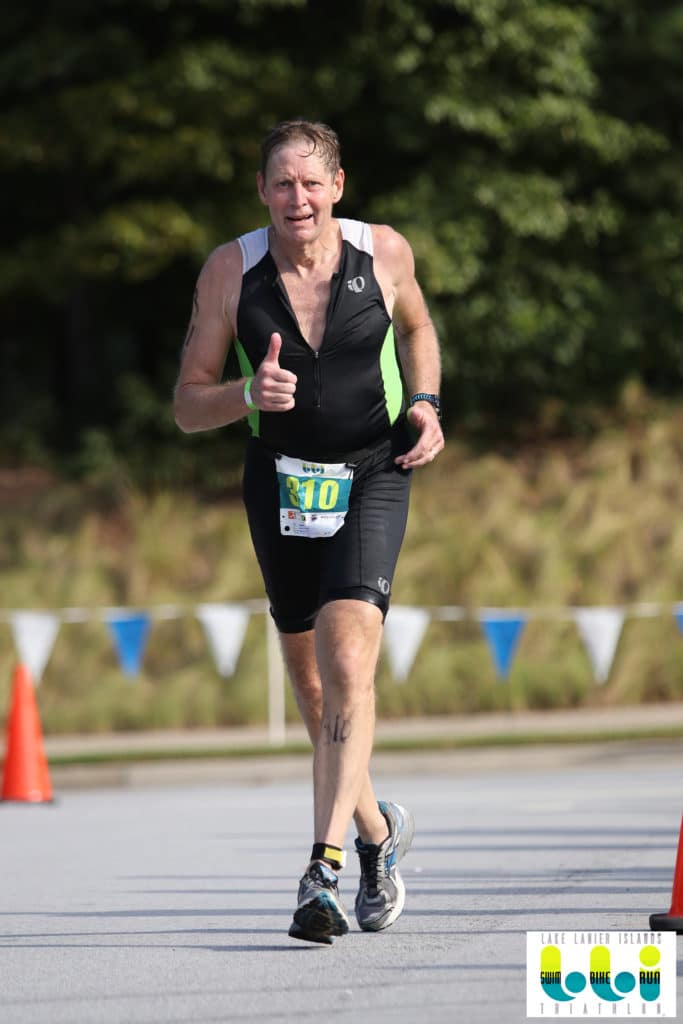Product Review: SafeSwimmer Float for Open Water Swimming
The SafeSwimmer Float and other brands of swim buoys provide visibility and more for triathletes training for open water swims. Check out the video review of the product below.
You can find information for getting a swim buoy at the end of this post.
Safer Open Water Swim Training
Video transcript
About half of the triathlons in which I have participated have involved open water swimming. Even if most of your training is in a pool, eventually you will need to practice in open water.
In this post, I am going to share with you my initial experience with the ‘Safe Swimmers Float’ or ‘Float’, for short. In 2025, when I updated this post, many alternatives replaced this brand.
I first noticed the Float when I noticed swimmers dragging this orange floaty as they swam past our house. That I so easily noticed them was testimony to the visibility provided to the swimmer by the bright orange color.
This additional visibility is especially important for lakes where people use boats for fishing, skiing, wake boarding, and leisure cruising, and where the captains possess varying boating skills and levels of focus.
One inflates the Float quickly with a few strong breaths. Then, swimmers clip it to a belt around their waist.
The belt is adjustable to fit waist sizes up to 38 inches. An extender belt is available for larger waist sizes.
This particular model also has a place to store a water bottle for long swims. According to the manufacturer, swim coaches recommend consuming between 150 and 350 ml or 5 to 12 fluid ounces of water every 15 minutes during a swim to avoid dehydration.
The manufacturer claims you can also store personal items such as wallets and car keys in the same area as the bottle. I have not tried this and would, at a minimum, place these items inside a zippered bag to avoid them becoming wet.
Make sure that the Float is sitting on top of the water before you release it. The first time that I let the Float hang from my belt while I was standing in shallow water, the water bottle fell out of the Float into the lake.
Once out into the open water, you will not notice that you are towing the Float.
In addition to providing visibility for the swimmer, the Float will support the swimmer in the event of panic, a cramp, or anything else that causes one to stop.
No matter how much assistance the Float provides, it is still wise to never swim alone or at least never go out alone. My wife often followed me in our pontoon.
Enjoy your open water swim training and be safe.
Related Post: Becoming a Confident Open Water Swimmer
Swim Buoys on Amazon.com
Here is a link to look for a swim buoy on Amazon.com.
Disclaimer: Please note that SeniorTriathletes.com is a participant in the Amazon Services LLC Associates Program, an affiliate advertising program designed to provide a means for sites to earn advertising fees by advertising and linking to amazon.com. Amazon, the Amazon logo, AmazonSupply, and the AmazonSupply logo are trademarks of Amazon.com, Inc. or its affiliates. As an affiliate, I will receive a small commission for any purchases of this product that you make through Amazon.
Post Your Questions and Comments Below
Comments: Please note that I review all comments before they are posted. You will be notified by email when your comment is approved. Even if you do not submit a comment, you may subscribe to be notified when a comment is published.


